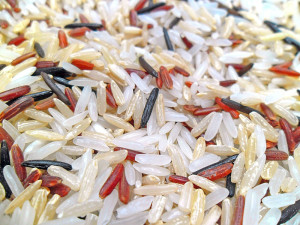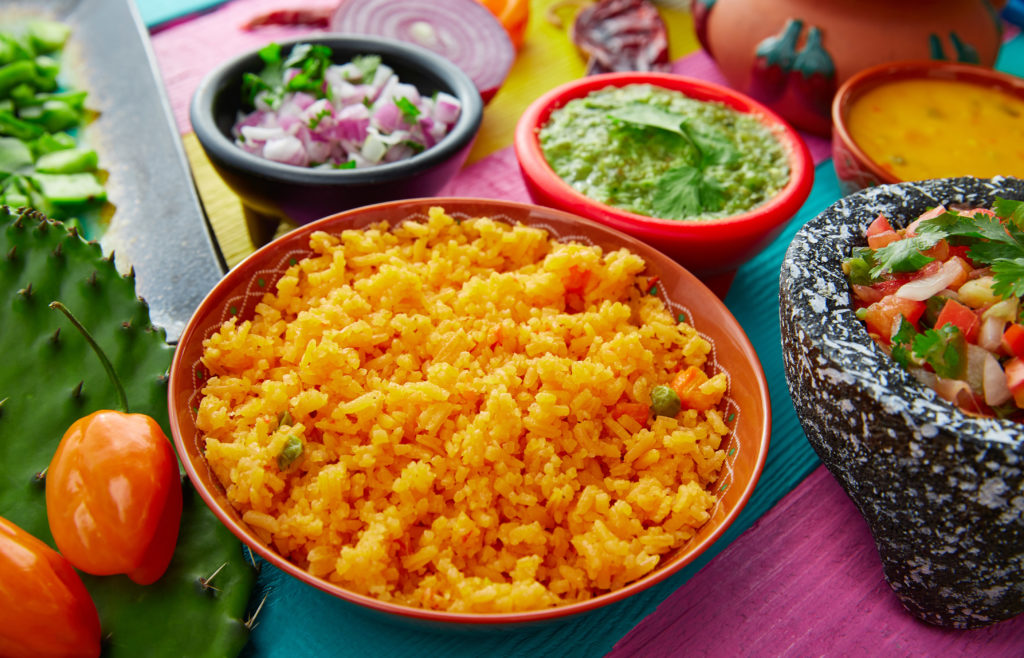Africa’s Gastronomic Legacies are Present Throughout Mexico
Dr. Marco Polo Hernández Cuevas, in his book, “The Afro-Mexican Ancestors and the Nation They Constructed,” reveals that rice, rice cultivation, and a significant part of rice gastronomy, arrived in Mexico in the sixteenth century from the Senegal-Gambia region of West Africa.
Rice in Mexico Came from Senegal-Gambia, Africa
Ric
Many people think rice only came from Asia, but there are two species of cultivated rice in the world: Oryza glaberrima, or African rice; and Oryza sativa, or Asian rice.
Dr. Marco Polo Hernandez-Cuevas is a retired Spanish and Afro-Hispanic Studies professor at North Carolina Central University. Dr. Cuevas holds a Ph.D. in Hispanic and Italian Studies from the University of British Columbia; an M.A. in Spanish Language and Peninsular and Latin American Literature; and a B.A. in General Studies & Spanish Language and Literature from Portland State University. He has written five books in English and Spanish about African Mexicans. He is a chef by trade.
Arroz a la Mexicana, Mole, and Agua de Jamaica Have African Origins
In his essay, “West Africa in Mexican Rice Cultivation and Gastronomy,” Dr. Cuevas demonstrates how Africa and its gastronomic legacies are present throughout Mexico in dishes like “arroz a la mexicana,” “mole,” “agua de jamaica,” and other Mexican favorites.
Mexican cooking methods, like barbecuing goat, also have African origins. During colonial times, Africans outnumbered the Europeans in Mexico, comprising over 70% of the foreign population.1
Learn more in this interesting video
References:
- Aguirre Beltrán, Gonzalo. La Población Negra De México: Estudio Etnohistórico. 3rd. ed, Gonzalo Aguirre Beltrán: Obra Antropológica. Mexico City: Fondo de Cultura Económica, 1989.


